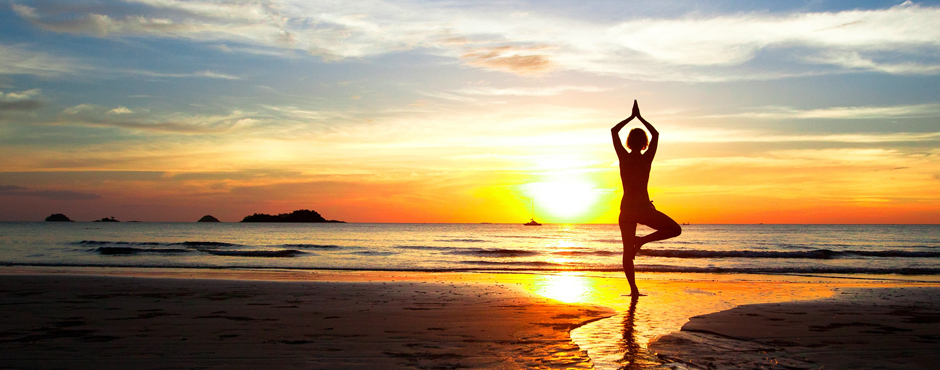Can images increase your content marketing results? Retain reader attention? Improve brand loyalty? Can they even help achieve better search engine ranking?
Let’s look at Instagram. Instagram is a free photo sharing program that allows users to quickly edit and share the photos they take on their mobile devices and share on a variety of social networking services, including their own. A social network for photos. Founded 2 years ago, Instagram was recently purchased by Facebook (ahem: the world’s biggest social photo-sharing site) and has already attracted 30 million users! They paid a fortune for it (approximately $1 billion in cash and stock), so we know they believe in the power of imagery. You should too!
Optimize your images to encourage people to share the page and create some great backlinks, “like” and comment on them. It seems instead of talking about random things like “I had a tuna sandwich for lunch”, we can take pictures instead, telling a complex story or idea with a single picture. Today more than ever a good image is more than attention grabbing. If optimized, images can help you achieve better search engine rankings (SEO).
We often overlook images as an asset for search engine optimization (SEO). Drive traffic with keywords, captions and descriptions. Here’s how:
- Use a great image:
A memorable, top quality, relevant image included in your blog post, website or newsletter, for example, can greatly increase the click-through rate of that shared link. We sometimes purchase a book at the bookstore because we are attracted to its cover. The image you use for your headline will attract the user’s attention and set the scene for what is to come… If you want to attract more attention when your post is seen on social networking sites, use a great image!
- Use keywords in the file name:
Just like keywords in post urls are important for pages, the same is true for images. Using keyword-rich words in your image filename is important for helping search engines determine relevancy. For example, instead of naming your image “image 2748-017”, name it “Jacques-Louis David 017.jpg”
- Use descriptive alt Text (alternative text for images)
Search engines cannot determine the text content of any image, so they rely on captions, alt text, files names that are relevant to the image. Alt text should be short and informative. Here is an example of descriptive alt text from Wikipedia:
[[File:Jacques-Louis David 017.jpg |thumb |160px |alt=Painting of Napoleon Bonaparte |[[The Emperor Napoleon in His Study at the Tuileries]] by [[Jacques-Louis David]].]]
- Use anchor text (this is the visible clickable text in a hyperlink)
Anchor text is usually below 60 characters. The words in the anchor text help determine ranking by search engines, by providing the user with descriptive and contextual information about the content.
- image should match content
Anchor text, Alt text, file name, keywords – all should be relevant to help search engines know that you are not spamming.
Images can help achieve better search engine rankings, improving your visibility and make your site search engine friendly. An image is worth 1,000 words… how about 1,000 views!!!?
Image credit: 123RF Stock Photo


